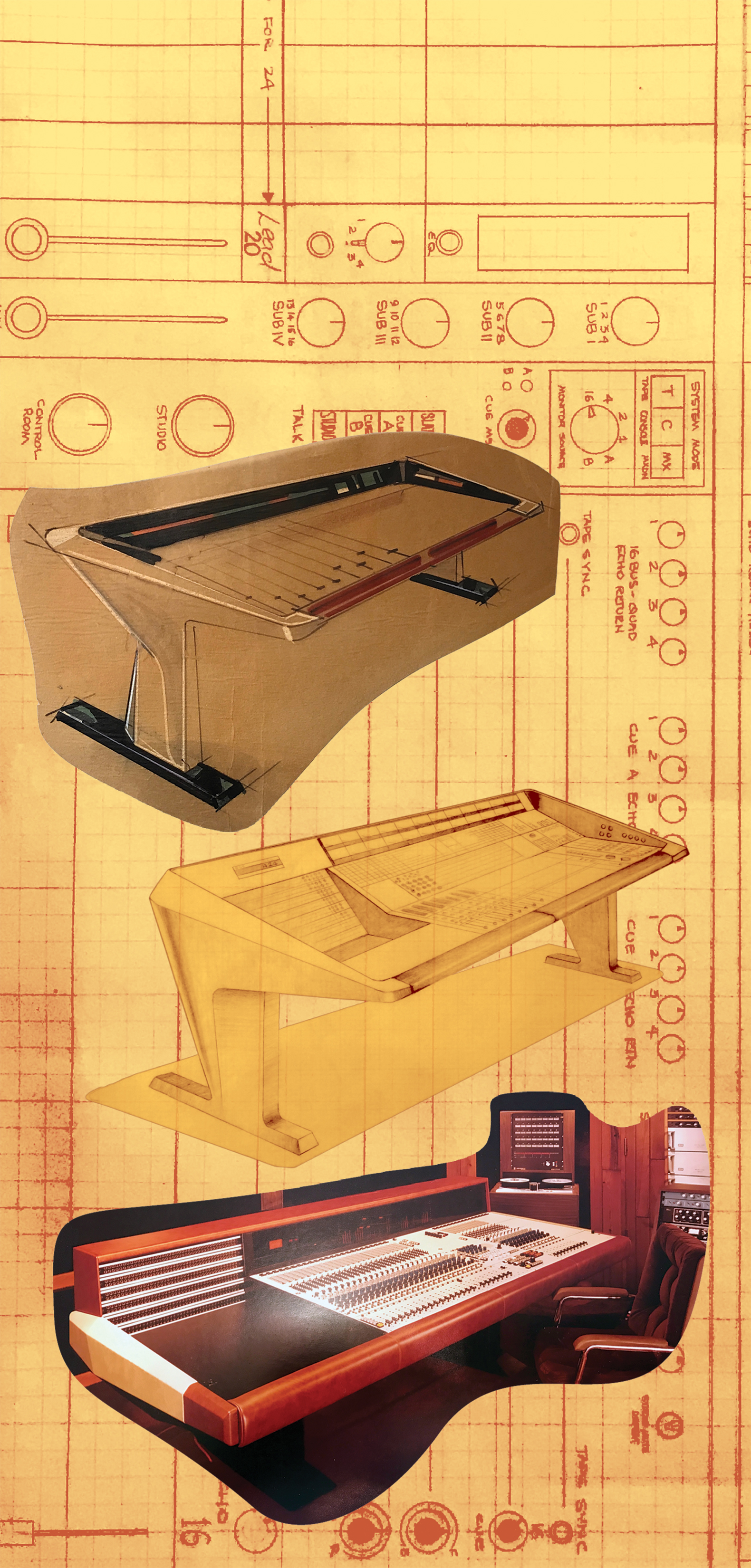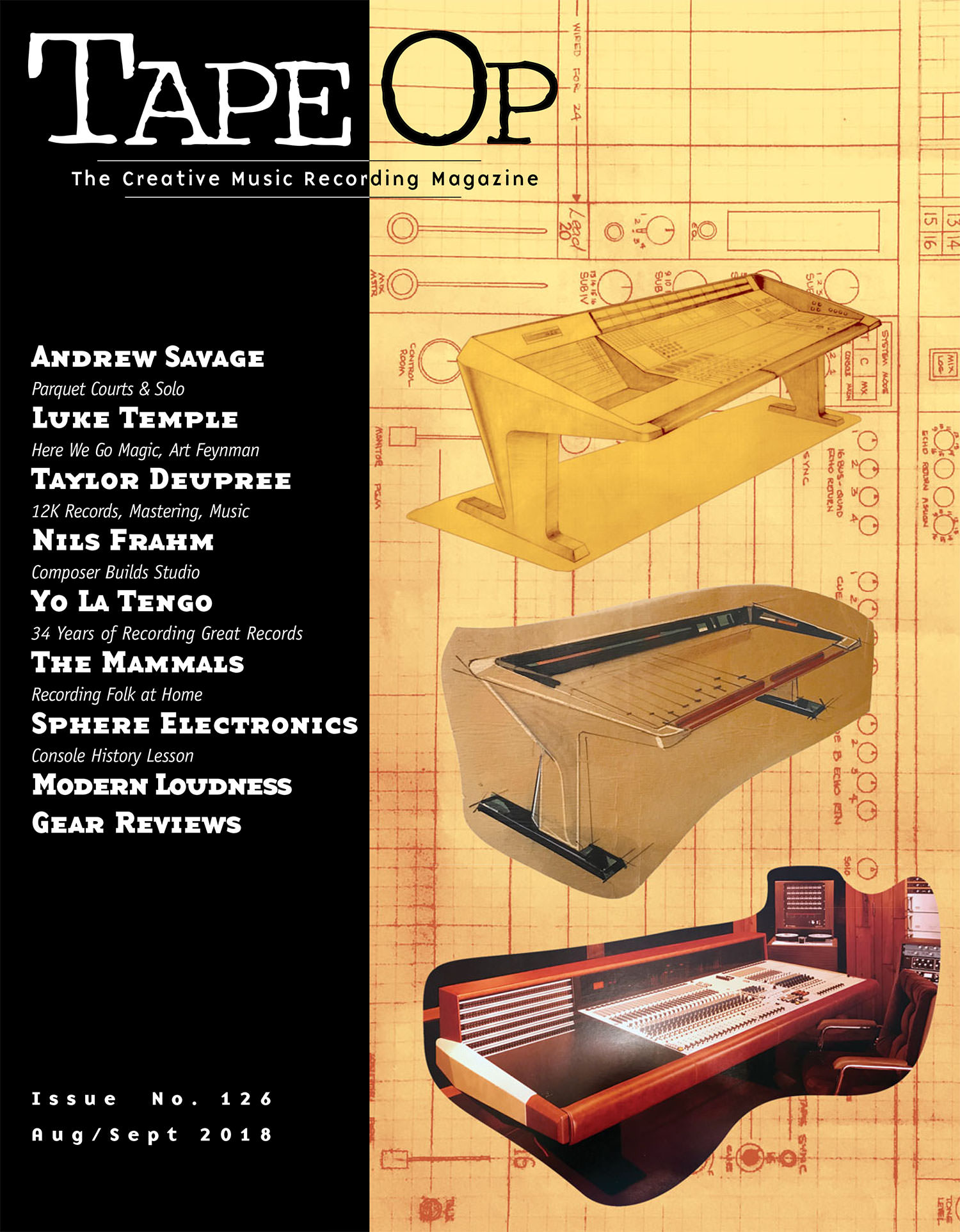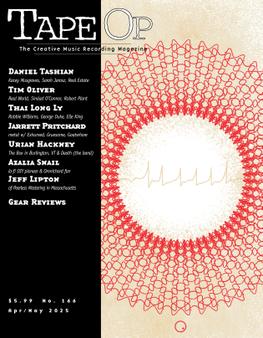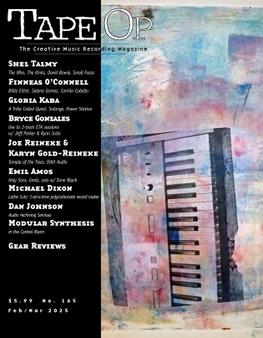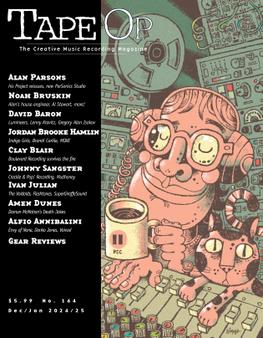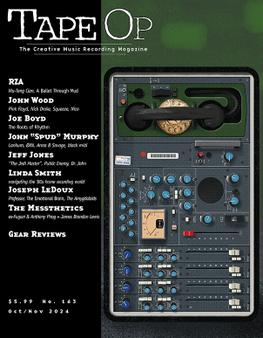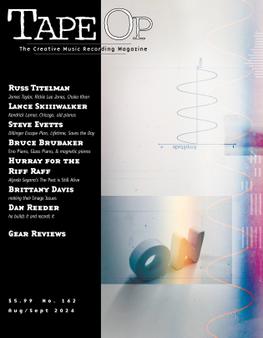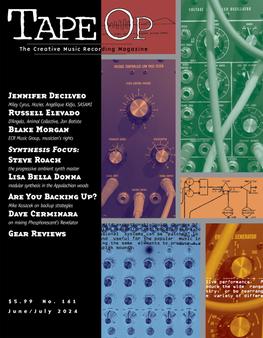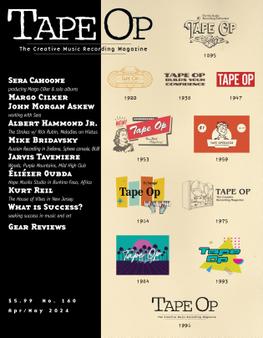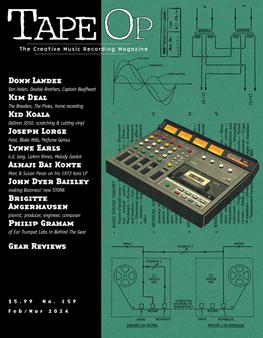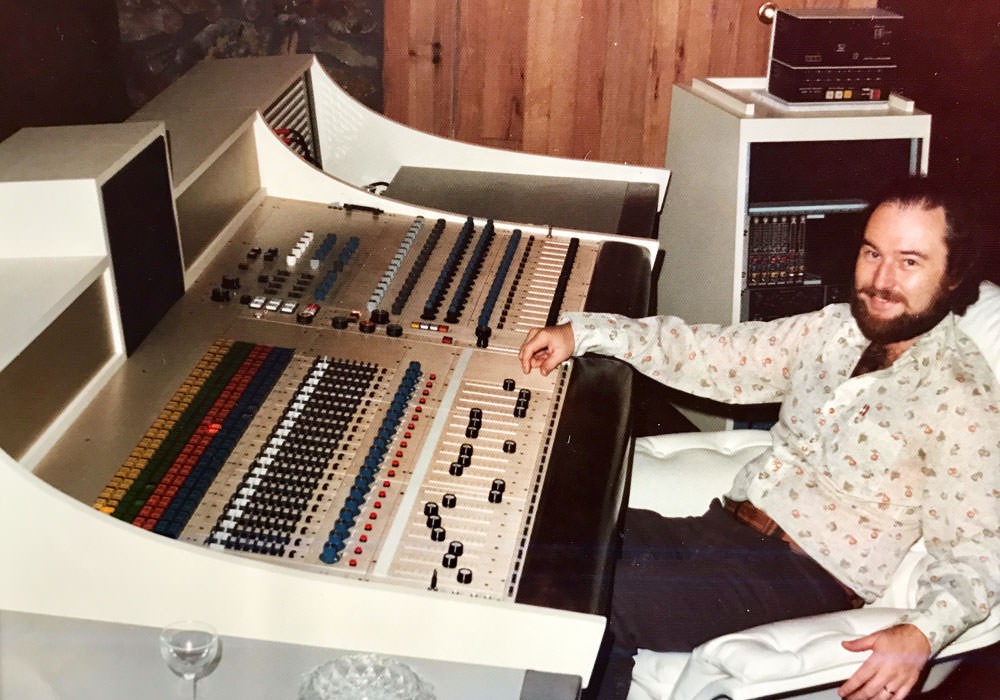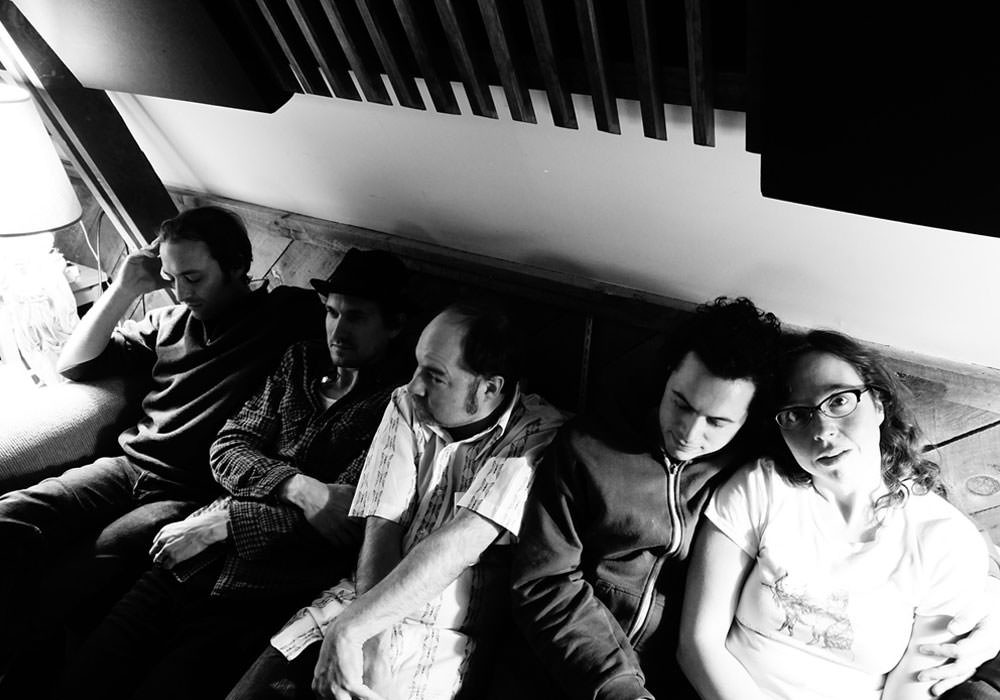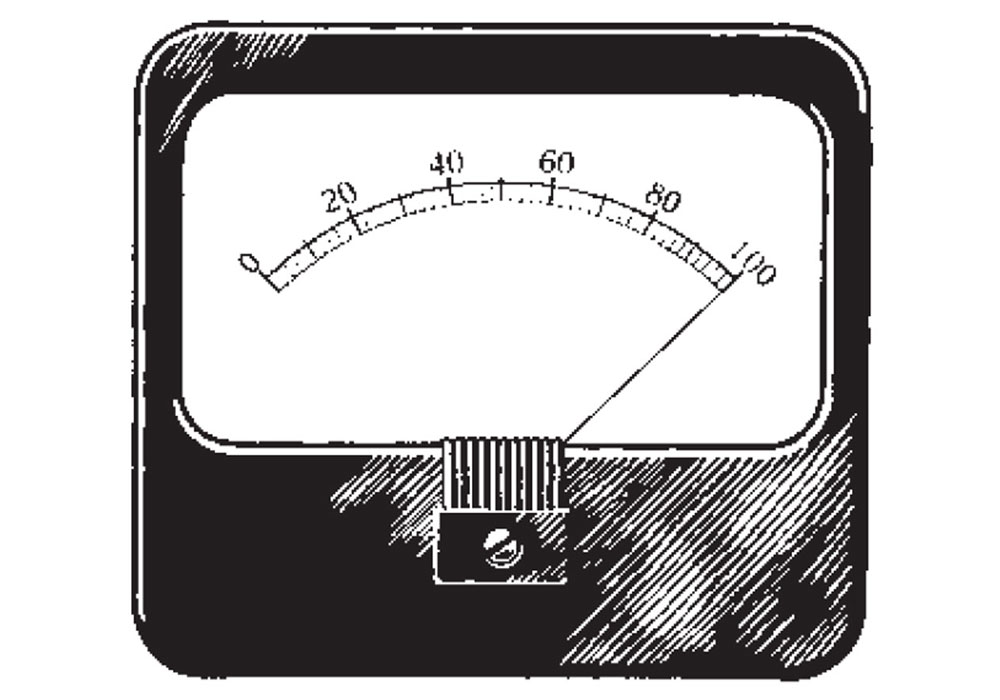Jul/Aug 2018
Welcome to issue #126 of Tape Op.
As people intimately involved with the recording and producing of music, we are always told to follow the mantra of "the song comes first." Many will often re-iterate, "A great song makes a great album." But in so many cases this is just patently not true. Some pieces of music originate almost exclusively with sounds, such as ambient music and electronic-based works. And many songs can be quite simple in structure, yet remain an expertly crafted soundscape that can make them a treat to listen to. There are popular songs through the ages that turn unique sonic tropes into hits, like Joe Meek’s [Tape Op #100] work on The Tornados’ "Telstar," or the fuzztone guitars on Norman Greenbaum’s "Spirit in the Sky." Or what about bands like Pink Floyd, renowned for their production savvy in the studio?
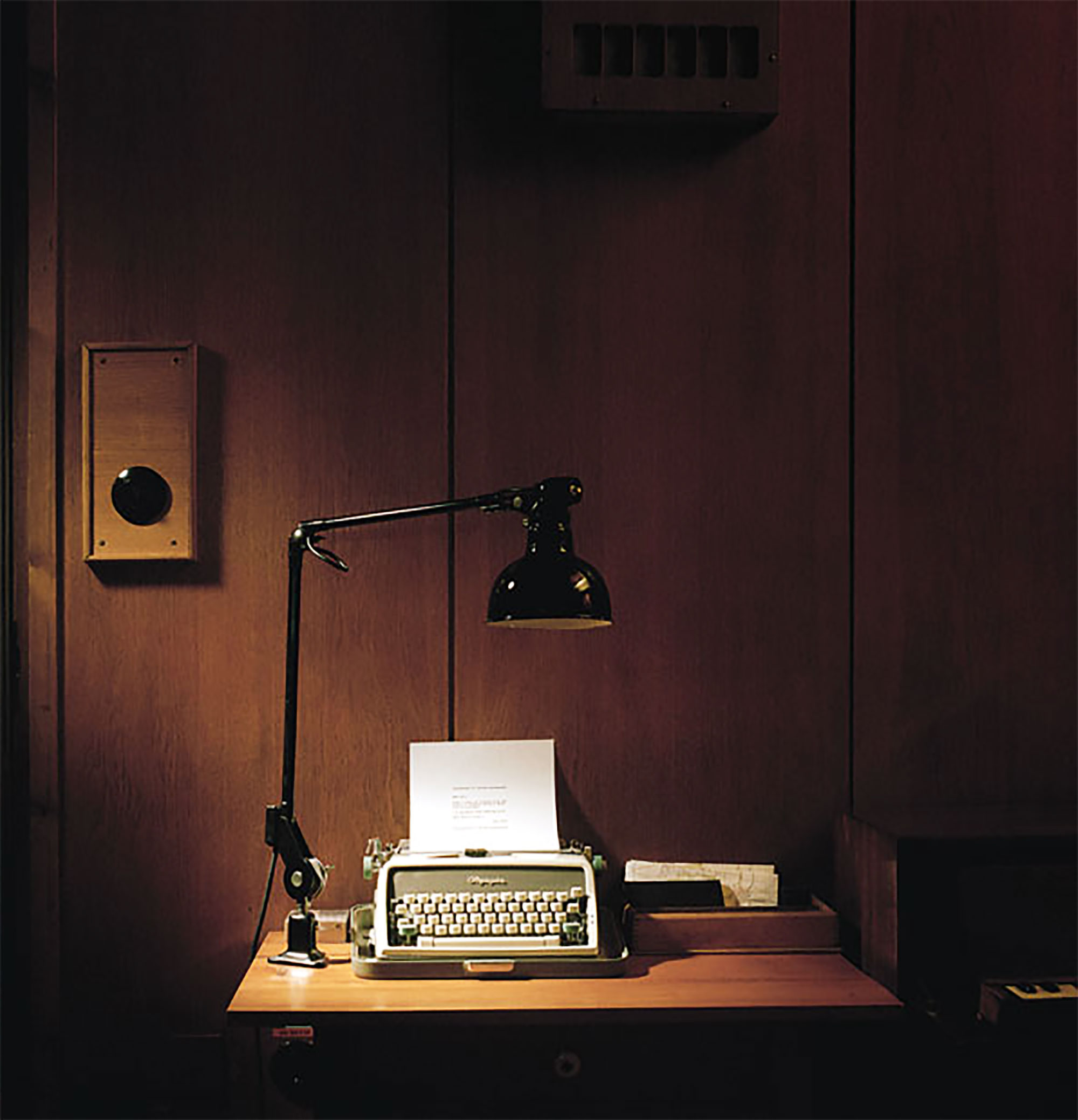
Listeners’ ears are always hungry for change. Techniques, such as different instrument lineups for each song, drastic arrangement diversity between tracks, or tracking similar sources with varying mic placement and sonics can all make a set of songs sound diverse and interesting. Sure, a great songwriter and performer can trot out a collection of amazing tunes with simply a piano or guitar accompaniment and hold our interest, but not every record is (or should be) created this way. The sounds that we get can be as important as the music being delivered, and knowing when this matters is the key to making great recordings.
